A recent parliamentary question by Helen Maguire MP, Liberal Democrat for Epsom and Ewell, has shed light on trends in UK Armed Forces spending and personnel numbers between 2015-16 and 2023-24.
The written response from Al Carns MP, Labour representative for Birmingham Selly Oak, provides data revealing significant shifts in spending and staffing levels over this period.
“The information you have requested is set out in the table below. The figures for the financial year 2024-25 will be available once the accounts have been closed and audited. All personnel numbers are as at 1 April of the relevant financial year,” Carns stated in his response.
Spending and Personnel Data (2015-16 to 2023-24)
| Financial Year | Spend on Service Personnel in Cash Terms (£m) | Spend on Service Personnel in Real Terms (£m, 2023-24 prices) | Total UK Regular Forces | Royal Navy and Royal Marines | Army | Royal Air Force |
|---|---|---|---|---|---|---|
| 2015-16 | 9,319 | 12,050 | 153,724 | 32,739 | 87,058 | 33,927 |
| 2016-17 | 9,623 | 12,169 | 150,996 | 32,502 | 85,038 | 33,456 |
| 2017-18 | 9,684 | 12,056 | 149,366 | 32,544 | 83,561 | 33,261 |
| 2018-19 | 9,785 | 11,931 | 146,556 | 32,483 | 81,116 | 32,957 |
| 2019-20 | 10,691 | 12,734 | 144,428 | 32,537 | 79,029 | 32,862 |
| 2020-21 | 11,269 | 12,738 | 145,317 | 32,755 | 79,624 | 32,938 |
| 2021-22 | 11,184 | 12,716 | 149,280 | 33,848 | 82,231 | 33,201 |
| 2022-23 | 11,449 | 12,151 | 147,978 | 33,929 | 80,730 | 33,319 |
| 2023-24 | 11,954 | 11,954 | 142,556 | 32,840 | 77,536 | 32,180 |
The data reveals several significant trends:
- Real-Term Spending Decline: Although cash spending on service personnel increased from £9.3 billion in 2015-16 to £11.95 billion in 2023-24, inflation-adjusted figures show a slight decline in real terms, from £12.05 billion to £11.95 billion.
- Frontline Personnel Reductions: Total UK Regular Forces decreased by more than 11,000, with the most significant reductions seen in the Army, which dropped from 87,058 personnel in 2015-16 to 77,536 in 2023-24.
- Service-Specific Trends: The Royal Navy and Royal Marines remained relatively stable, with a small decrease, while the Royal Air Force saw a moderate decline.
These trends reflect the dual pressures of budget constraints and a shift towards modernisation. The decline in real-term spending and personnel numbers may signal a focus on investing in advanced technologies and capabilities rather than maintaining a large standing force.
At the UK Defence Journal, we aim to deliver accurate and timely news on defence matters. We rely on the support of readers like you to maintain our independence and high-quality journalism. Please consider making a one-off donation to help us continue our work. Click here to donate. Thank you for your support!


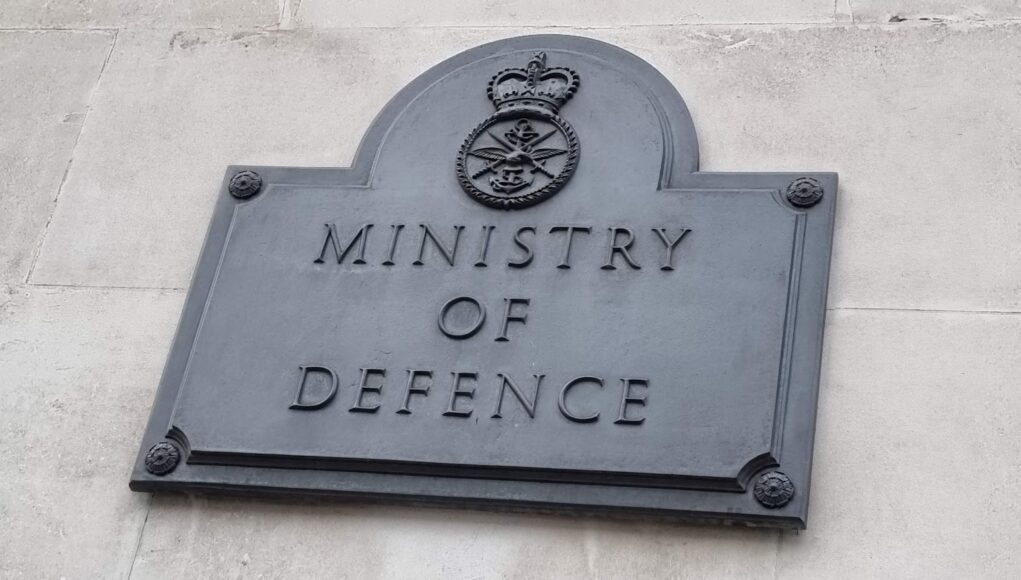


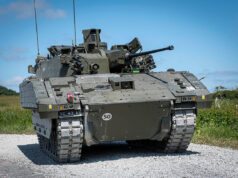

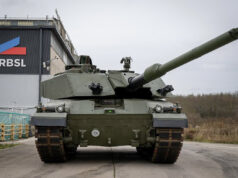
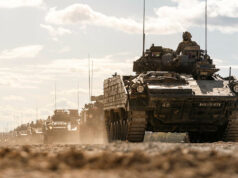
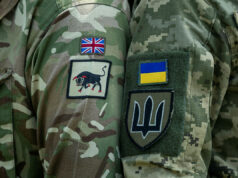

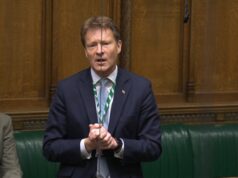
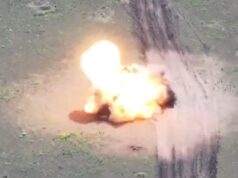

I don’t know what have HMGs been doing to our forces over the year’s 🙄
The headline doesn’t really reflect the data. It shows that real term spending has been roughly flat across the 9 years. Bit of a stretch to complain about £100 drop in spending per head, just noise in the data.
Not only is the real-term spend down but the spend per head will be way down as the head-count has reduced. It would be useful to see a breakdown of what this spend covers. No doubt pay and pensions will be the largest element.